Traveling through the Polynesian Triangle
2021/2/5
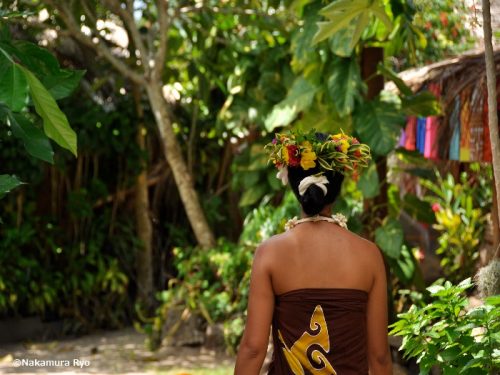
Tahiti, Rapa Nui, Hawai’i, and Samoa
The South Pacific Ocean has a beautiful sea full of colors. The area connecting Hawaii, Rapa Nui and New Zealand is called the Polynesian Triangle. The islands located inside this vast sea area share the same culture despite their considerable distance from each other, forming one vast cultural sphere. Not only in the South Pacific as a beach resort, but also in the Peace Boat voyages, you can experience the diversity of these cultures nurtured on each island and experience their connection. A journey to discover the now of Polynesia begins, looking at the history and traditions of the islands.
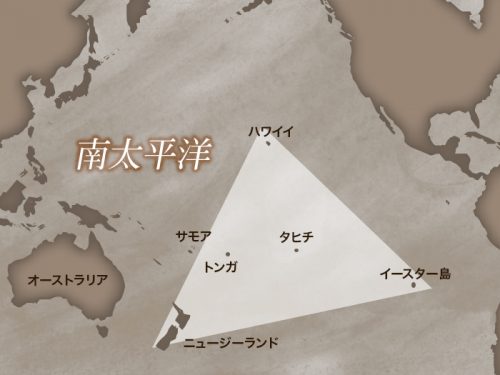
Cultures and Histories Connected by the Ocean
The Polynesian region of the Pacific Ocean is made up of unique islands such as Tahiti, the paradise of the South Sea, Rapa Nui, the most remote island in the world, and the Hawaiian Islands, which have magnificent nature. Polynesia means many islands in Greek. It is believed that the ancestors of the people living in this area came from the East Asian region on a spectacular voyage about 3000 years ago. The huge triangle connecting Hawaii, Easter Island, and New Zealand is geographically very large, about 8,000 kilometers on each side, but inside it forms a cultural area that shares language, art, traditions, and religion.
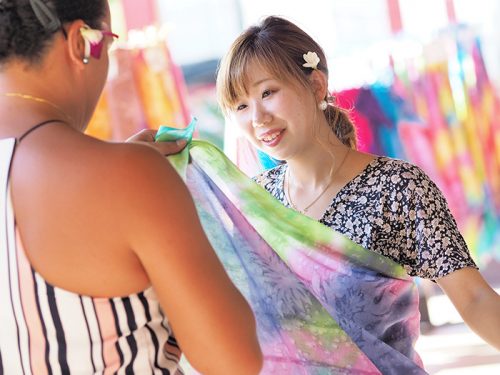
Get to know the Polynesian Region
Traveling between Tahiti and Rapa Nui takes about 7 days on a modern ship. When I think about it, I am amazed at the magnificence of the journeys the Polynesian people made. It is an experience of a voyage around the earth where we can see the vast sea area as one cultural area. Guests from the islands we will visit are invited onboard to give lectures on the culture, life and history of the Polynesian region. Gabriel Tetiarahi (commonly known as Gabi), a traditional Tahiti farmer, teaches us the lifestyle of the indigenous people Maohi. Learning the wisdom of traditional Tahiti life and how to wrap a pareo, a national costume, will make your call to Tahiti even more enjoyable.
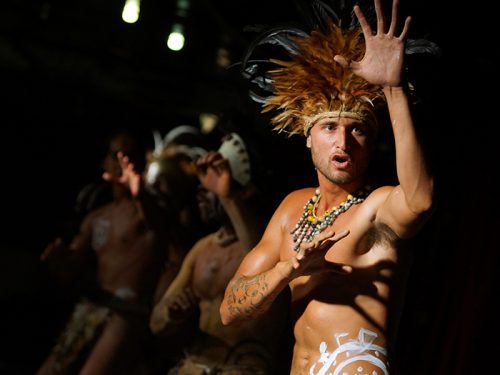
Mario Tuki is an artist and the founder of the NGO Toki, which promotes the inheritance of the Rapa Nui’s culture and history. Rapa Nui, also known as Easter Island, is the most remote island of the sea, surrounded by a 2,000 kilometers radius of sea. Mr. Tuki will not only introduce the culture and history of Rapa Nui, along to the mysterys of the Moai statues, but will also make full use of performances and workshops to convey the traditions of the island that live in modern times. And above all, the fact that the both guests, living on Rapa Nui and Tahiti, which are more than 4,000 kilometers away, can communicate with each other using their own languages, makes you feel that the sea connects cultures.
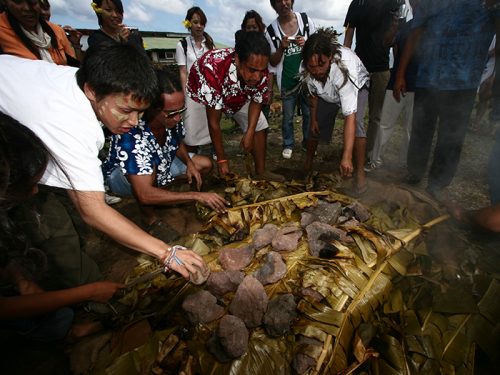
Connected Cultures
While separated by the vast ocean, the Polynesian Islands have many cultural similitudes. Traditional cuisine is one of the aspects where you can feel this culture sharing. One of the most famous delicacies is the steamed food prepared on earth ovens. These ovens are called Ahima’a in Tahiti, Hāngi in New Zealand, and Umu in Samoa. Taro, bananas, fish, meat, and root vegetables are wrapped in tree leaves before being set in the fire. Put some additional layers of tree leaves on top before letting the ingredients steam for one hour. This cooking method draws the meat and vegetables’ gentle flavor and soft and flaky texture. A dish that truly allows you to enjoy the blessing of Polynesia to its fullest.
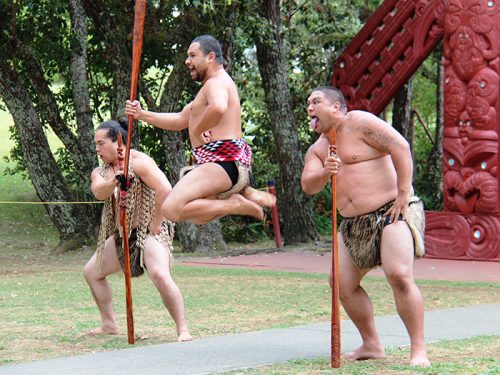
You can also see these cultural resemblances at each island’s traditional dances. Out of the Polynesian dances, New Zealand’s Haka is the most famous. It became well known as the New Zealand Rugby National Team would perform it before its matches. However, dances with similar roots include Samoa’s Siva Tau and Rapa Nui’s Hoko. On the other hand, Hawai’i’s Hula Dance and Tahiti’s ‘Ori Tahiti originated from the same dance. A Peace Boat voyage gives you the chance to try these dances. Dance workshops are held onboard, with participants displaying their results onstage. Additionally, dance performances by local groups allow participants to feel the connection between cultures.

Learning from the Local Efforts
Peseta Arasi Afoa Tiotio, one of our Samoan guests and the CEO of an NGO that supports local women, is working hard to appreciate Samoan traditions while supporting economic growth in agriculture by focusing on fair-trade, organic crops, and microfinance. When Peace Boat calls on Samoa, we visit the crops administered by this NGO and learn about their efforts as a part of a study tour. Participants can see the production processes of coconut oil and soaps, receive a lecture on organic crops, eat traditional Samoan cuisine, and learn directly from the locals about their efforts to achieve a sustainable regional society. All of these are valuable experiences that can help us rethink our lifestyles.

Many people think of the South Pacific Islands as resort islands. However, behind that dazzling image is a reality of indigenous culture fading away due to the touristic development and the introduction of external cultures. ” Aloha ʻĀina” is a phrase appreciated by the indigenous people of Hawai’i. Aloha means to love and to consider, while ʻĀina refers to the mother earth. These feelings of respect towards the land we live in are part of the values that have been passed down by the indigenous people. I believe that we may need to reintroduce them in our lives as we aim for a sustainable society. This journey through these extensive Polynesian waters provided many insights that will help our pursuit of a sustainable society.
